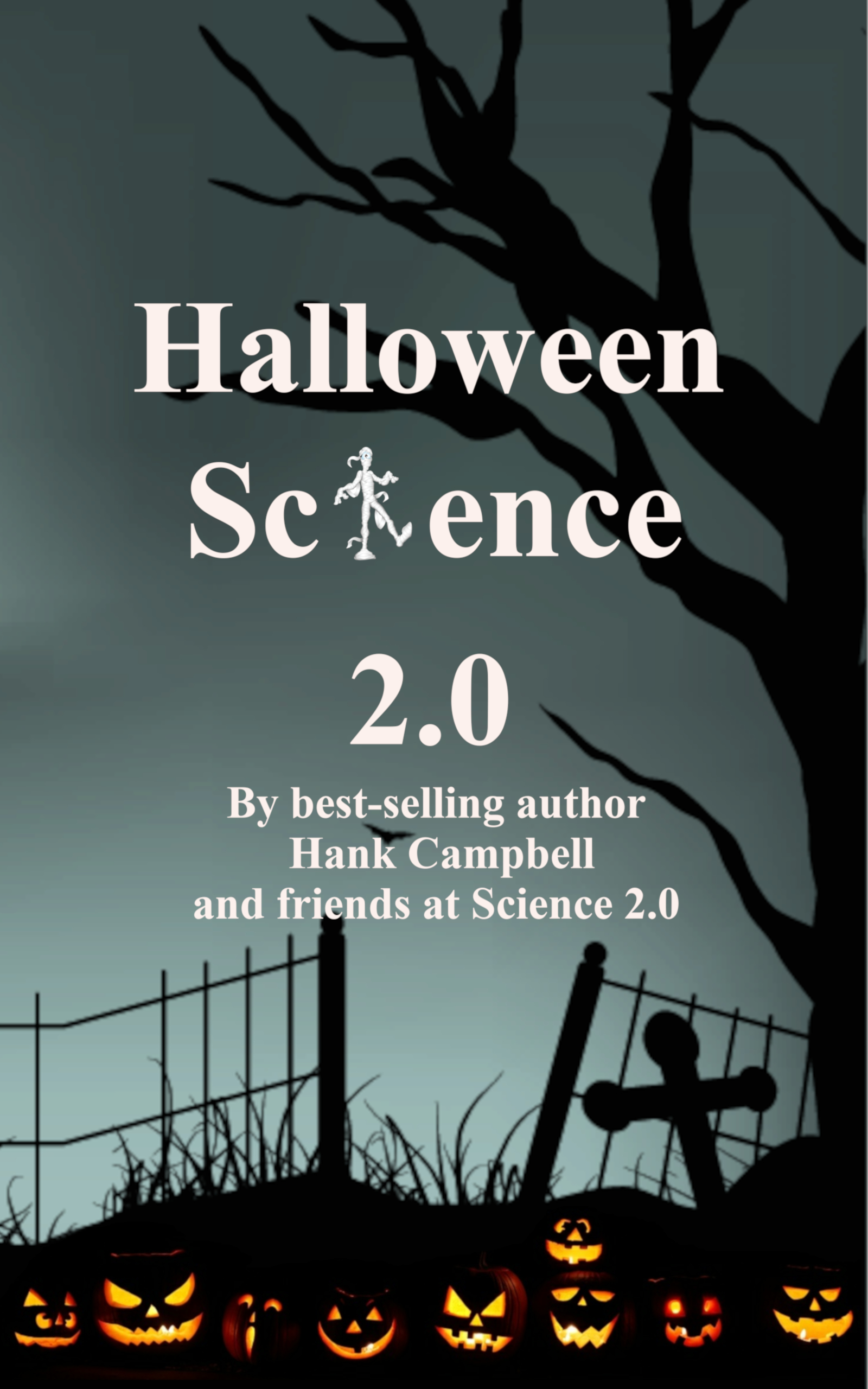Its high-definition images use six different color filters can photograph 45 times the area of the full moon in the sky with each exposure. So wide it can capture the entire southern sky in just three nights of shooting.
The goal of the program, named after Rubin, the American astronomer who was the first to establish the presence of dark matter in galaxies, is to scan the entire southern hemisphere sky and get 1,000 high-definition photographs. The whole southern sky completed every three nights for the next ten years. Ten years is not a long time but whatever changes happen during that time, the survey will reveal them.

The first published image from the Vera C. Rubin with seven hours of observing time. The filters make it easier to see faint details like the clouds of gas and dust of the Trifid nebula (top right) and the Lagoon nebula, which are several thousand light-years away from Earth. © NSF-DOE Vera C. Rubin Observatory
Its robotic filter exchange system automatically changes the camera’s color filters 5-15 times per night. The reason is to measure the quantity of light emitted by objects, and then triangulate position and distance in relation to the Earth more precisely among the 17 billion observable stars and 20 billion observable galaxies. It will compile 20 terabytes of data every night.
President George W. Bush approved this in his first term but research and development struggles meant it was only completed last year. The U.S. Department of Energy and the U.S. National Science Foundation put up the money, SLAC National Accelerator Laboratory built the Legacy Survey of Space and Time (LSST) camera and Centre national de la recherche scientifique (CNRS) built the focal plane of the camera. It was built on land because a project of that size must be ground-based and repairs and upgrades are possible. It was built in Chile because Hawaii had been the last US state that activists hadn't blocked from development, but the last project, the Thirty-Meter Telescope, had so much dissent manufactured by 'haoles from the mainland', as defenders of high-paying, clean jobs phrased it, that no one wants to bother. Chile is a lot more science-friendly.



Comments